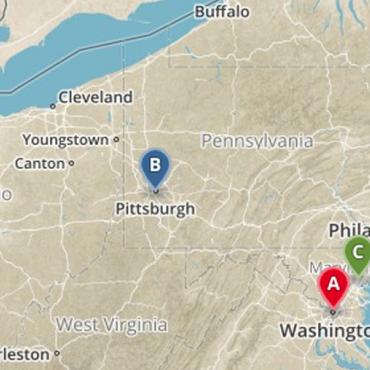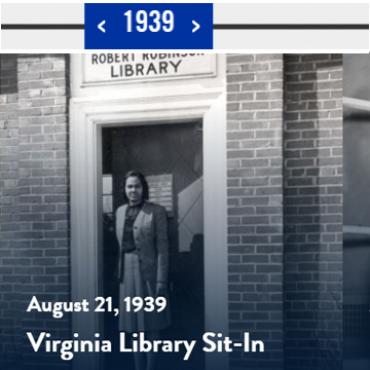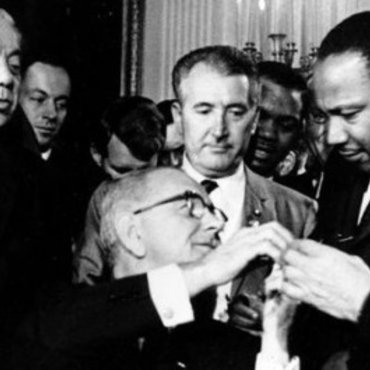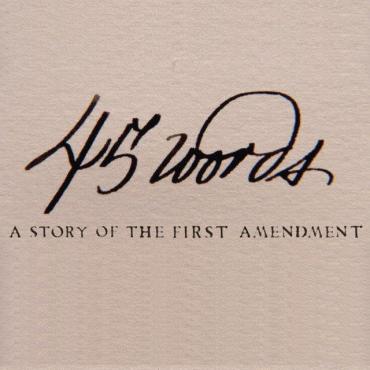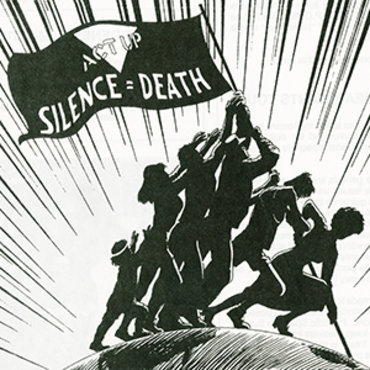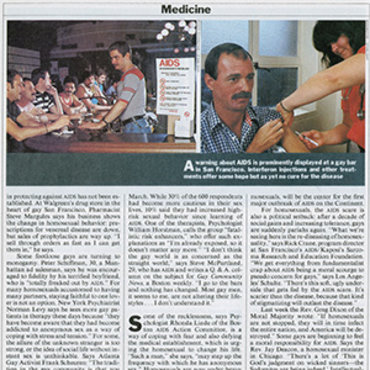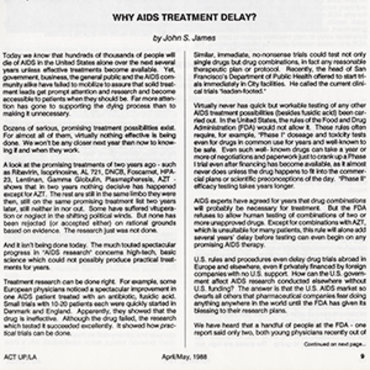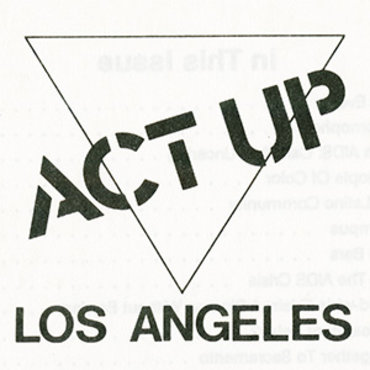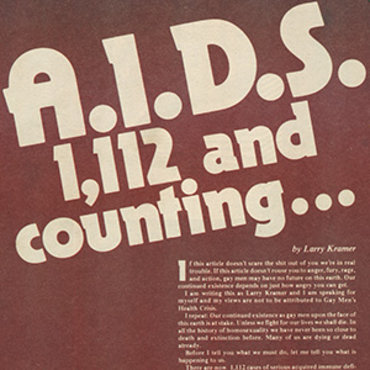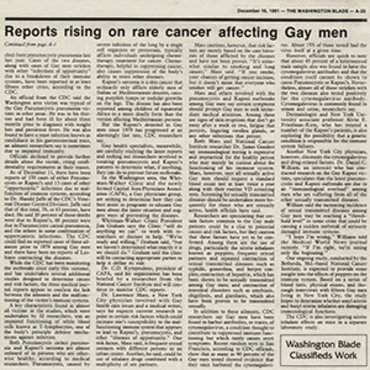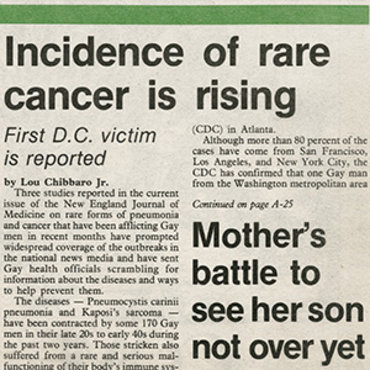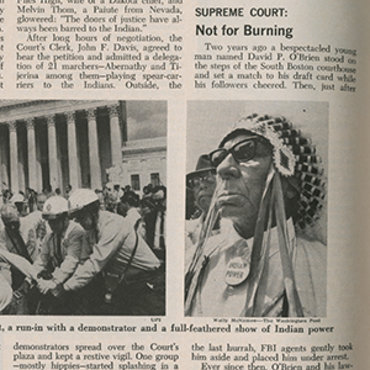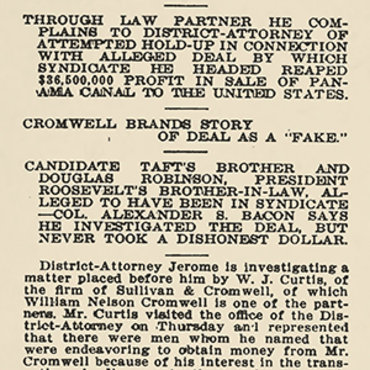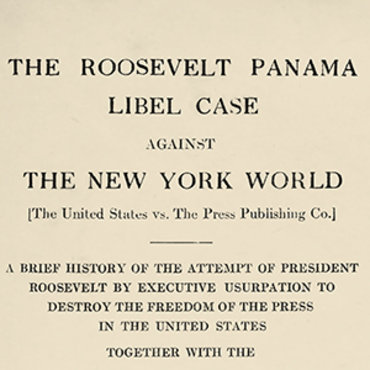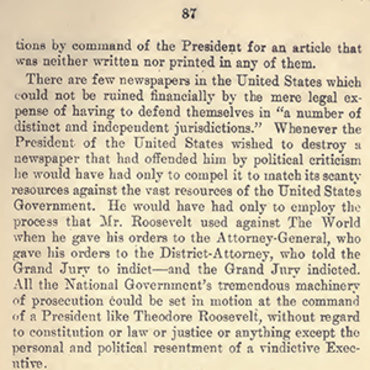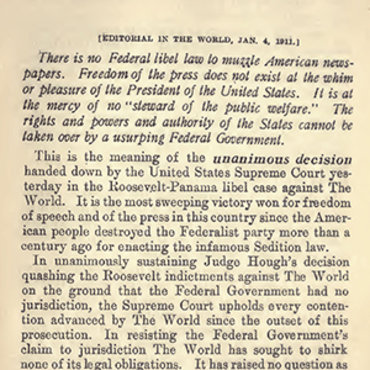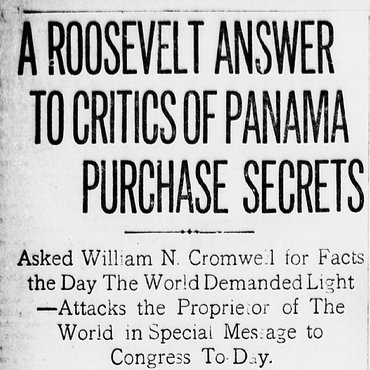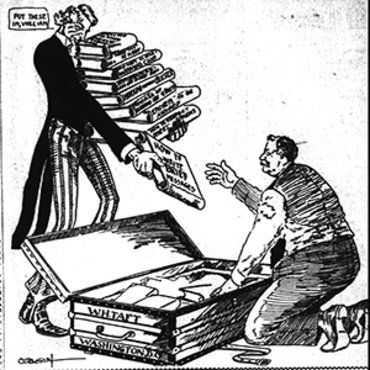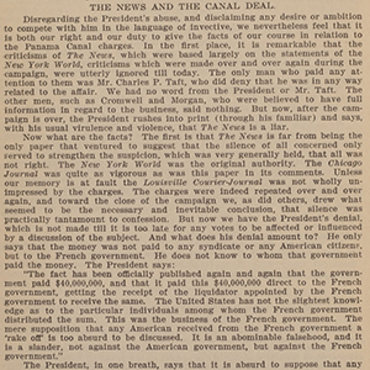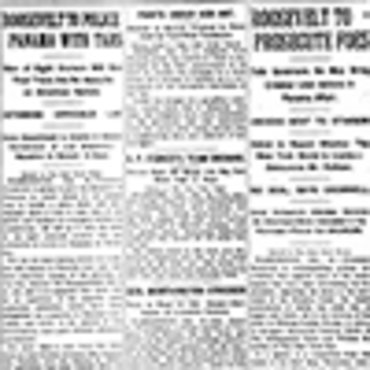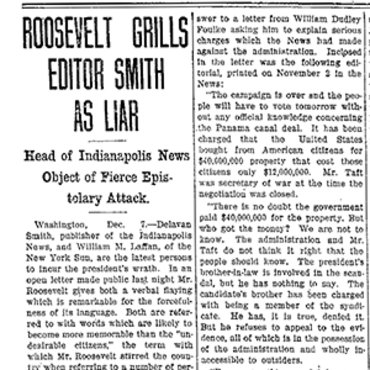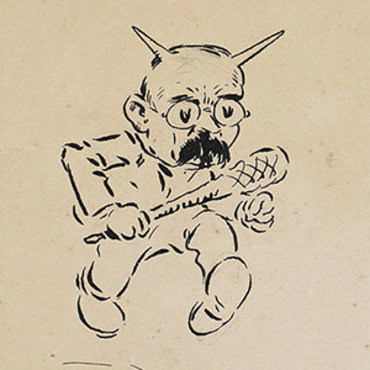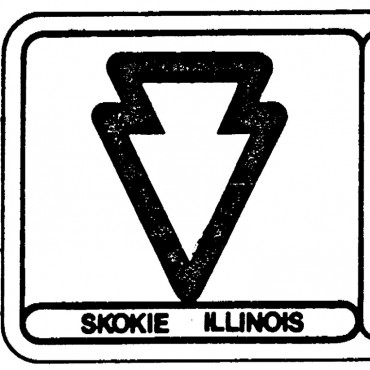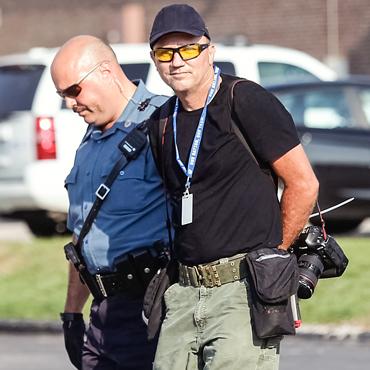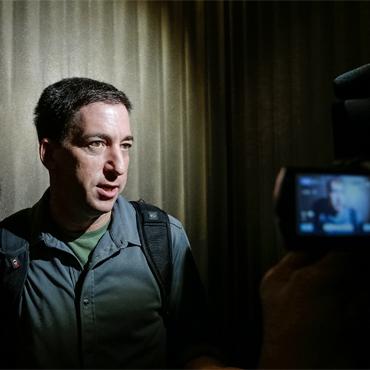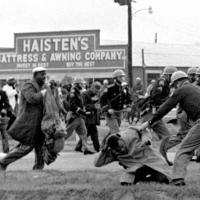
Lesson Plan
Civil Rights: Turning Points
Students identify and investigate milestone events in the civil rights movement.
Get even more great free content!
This content contains copyrighted material that requires a free NewseumED account.
Registration is fast, easy, and comes with 100% free access to our vast collection of videos, artifacts, interactive content, and more.
Sign Up
?
NewseumED is provided as a free educational resource and contains copyrighted material. Registration is required for full access. Signing up is simple and free.
With a free NewseumED account, you can:
- Watch timely and informative videos
- Access expertly crafted lesson plans
- Download an array of classroom resources
- and much more!
Duration
More than 90 minutes
Topic(s)
- Civil Rights
- Constitution
- Journalism
Grade(s)
- 6-12
(Note: For more support, see expanded procedure in downloadable lesson plan.)
- As a class, define the term “turning point.”
- Ask students to give examples of turning points in their own lives to clarify the concept.
- Brainstorm historical turning points.
- Using this knowledge, students will identify and analyze historical turning points of the civil rights movement. This will be done using the NewseumEd online interactive and completing the Turning Points worksheet.
- Students will then create a multimedia slideshow to present their findings to the class.
- Last, students will discuss the First Amendment and its role for each turning point.
- Turning Points worksheet (download), one per student.
- Sample worksheet at the end of the Lesson Plan download that you may wish to distribute it to students, as well.
- Internet access
- Civil Rights Glossary handout (optional)
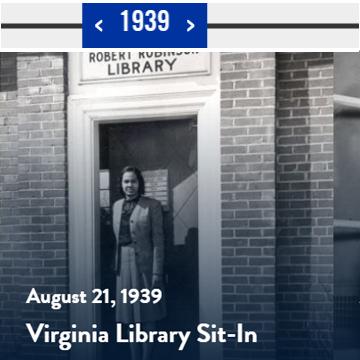
CIVIL RIGHTS TIMELINE
CIVIL RIGHTS TIMELINE
Have students share their presentations. Ask:
- Would these turning points have been possible without the First Amendment?
- Who used their First Amendment rights? How did they exercise these rights?
- Which freedom or freedoms seem to be the most important to the civil rights movement?
- How would history have been different had these turning points not taken place? What changes would not have occurred? Would other events have ultimately led to the same changes?
- Look back at your class’s original definition of a turning point. Having completed this assignment, is there anything you would change?
- Constitutional Comparison: Which constitutional amendment — the First, 13th, 14th or 15th — do you think was the most important to the success of the civil rights movement? Divide your class into four groups, and assign each group an amendment. Have the groups research their amendment and its impact on the civil rights movement, using the timeline as a point of reference for major events and their impact. Then hold a four-way debate over which amendment had the biggest impact on the movement.
- As a class, discuss the following questions. At the beginning of this exercise did you agree that the amendment assigned to you was the most important amendment to the success of the civil rights movement? Why or why not? After the class debate, which amendment do you think was the most important to the success of the civil rights movement?
-
Common Core State Standards: CCSS.ELA-LITERACY.CCRA.R.7
Integrate and evaluate content presented in diverse media and formats, including visually and quantitatively, as well as in words. -
Common Core State Standards: CCSS.ELA-LITERACY.CCRA.W.9
Draw evidence from literary or informational texts to support analysis, reflection, and research.
-
NCSS C3 Framework: D1.5.6-8 and D1.5.9-12
6 - 8: Determine the kinds of sources that will be helpful in answering compelling and supporting questions, taking into consideration multiple points of views represented in the sources. 9 - 12: Determine the kinds of sources that will be helpful in answering compelling and supporting questions, taking into consideration multiple points of view represented in the sources, the types of sources available, and the potential uses of the sources. -
NCSS C3 Framework: D2.Civ.10.6-8 and D2.Civ.10.9-12
6 - 8: Explain the relevance of personal interests and perspectives, civic virtues, and democratic principles when people address issues and problems in government and civil society. 9 - 12: Analyze the impact and the appropriate roles of personal interests and perspectives on the application of civic virtues, democratic principles, constitutional rights, and human rights. -
NCSS C3 Framework: D2.His.14.6-8 and D2.His.14.9-12
6 - 8: Explain multiple causes and effects of events and developments in the past. 9 - 12: Analyze multiple and complex causes and effects of events in the past. -
NCSS C3 Framework: D2.His.16.6-8 and D2.His.16.9-12
6 - 8. Organize applicable evidence into a coherent argument about the past. 9 - 12. Integrate evidence from multiple relevant historical sources and interpretations into a reasoned argument about the past. -
NCSS C3 Framework: D2.His.3.6-8 and D2.His.3.9-12
6 - 8: Use questions generated about individuals and groups to analyze why they, and the developments they shaped, are seen as historically significant. 9 - 12: Use questions generated about individuals and groups to assess how the significance of their actions changes over time and is shaped by the historical context.
-
National Center for History in the Schools: NCHS.Historical Thinking.5
A. Identify issues and problems in the past. B. Marshal evidence of antecedent circumstances. C. Identify relevant historical antecedents. D. Evaluate alternative courses of action. E. Formulate a position or course of action on an issue. F. Evaluate the implementation of a decision. -
National Center for History in the Schools: NCHS.US History.Era 9
Standard 1: The economic boom and social transformation of postwar United States Standard 2: How the Cold War and conflicts in Korea and Vietnam influenced domestic and international politics Standard 3: Domestic policies after World War II Standard 4: The struggle for racial and gender equality and for the extension of civil liberties
-
National Council of Teachers of English: NCTE.8
Students use a variety of technological and information resources (e.g., libraries, databases, computer networks, video) to gather and synthesize information and to create and communicate knowledge.
-
Center for Civic Education: CCE.II
A. What is the American idea of constitutional government? B. What are the distinctive characteristics of American society? C. What is American political culture? D. What values and principles are basic to American constitutional democracy?
-
NCSS Curriculum Standards: NCSS 1
Learners will understand how human beings create, learn, share and adapt to culture. -
NCSS Curriculum Standards: NCSS 2
Learners examine the institutions, values and beliefs of people in the past, acquire skills in historical inquiry and interpretation, and gain an understanding of how important historical events and developments have shaped the modern world. -
NCSS Curriculum Standards: NCSS 5
Students know how institutions are formed, maintained and changed, and understand how they influence individuals, groups and other institutions. -
NCSS Curriculum Standards: NCSS 6
Learners will develop an understanding of the principles, processes, structures and institutions of government, and examine how power and authority are or have been obtained in various systems of government. -
NCSS Curriculum Standards: NCSS 10
Learning how to apply civic ideals to inform civic action is essential to participation in a democracy and support for the common good.
